This is your essential guide for cooking Japanese food at home. Learn the basics of building your pantry, substitutions, meal planning, cooking tools, how to balance flavors, and more!
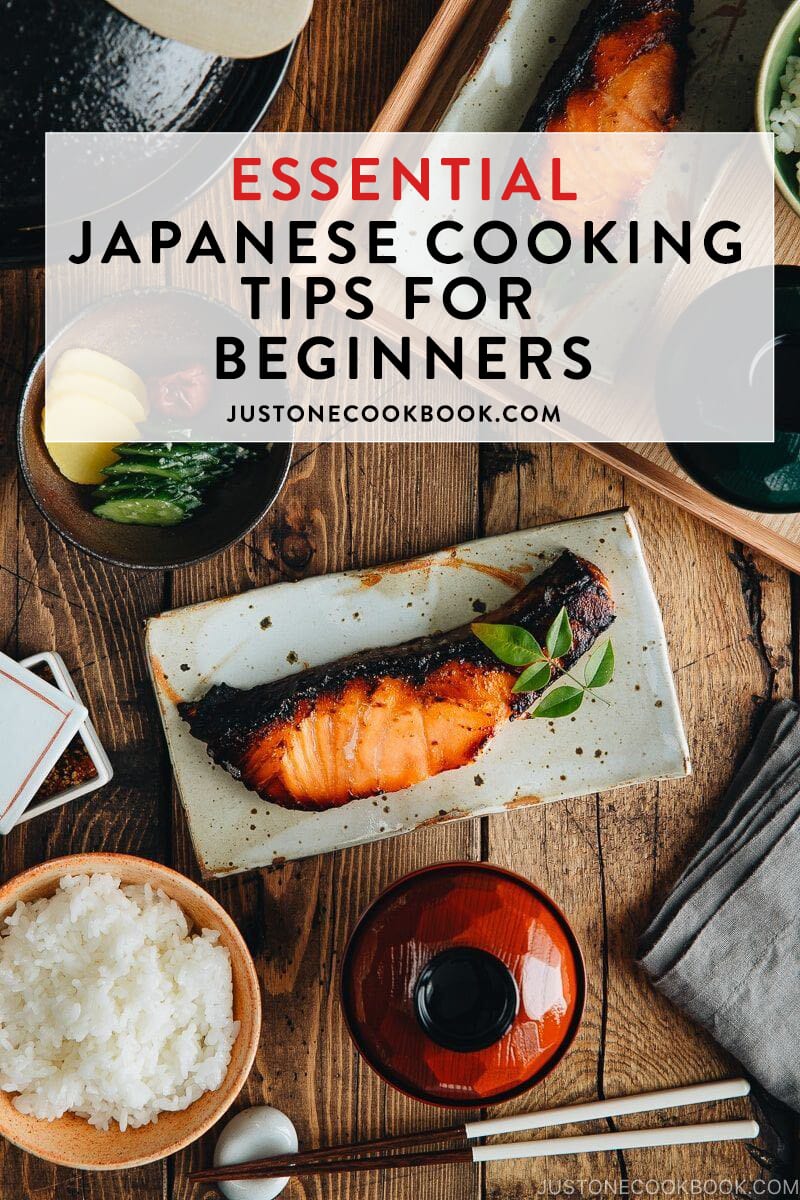
Whether you’ve recently discovered Japanese cooking or have been rustling up delicious meals for a while, our goal at Just One Cookbook is to help you build confidence in the kitchen and ultimately become a better cook.
First and foremost, it’s important to understand the concept of Japanese home cooking. There’s much more to Japanese food than sushi, ramen, tempura, and teriyaki. Sometimes we serve a full spread for dinner, including rice, soup, grilled fish, vegetable sides, and pickles. Other times, we rely on 5-ingredients rice bowls, fried rice using leftovers, simple pasta, freezer curry, and quick comfort foods made entirely from pantry items.
In my experience, cooking Japanese food centers on an all-embracing approach that emphasizes variety, seasonality, balance, and attention to detail. We take food seriously because it’s one of life’s greatest enjoyments! So, I encourage you to keep these principles in mind.
This isn’t a comprehensive cooking lesson but rather a quick guide. We’ve also included many useful resources with links. I sincerely hope these tips will equip you with fundamental knowledge and give you a good start in Japanese cooking.
Cook bravely, eat heartedly, and share generously!
10 Essential Cooking Tips to Help You Be A Better Cook
Here is a quick outline of what you can find in the article below:
Click to jump to the topic:
- Build your pantry with basic Japanese staples
- Substitutions for hard-to-find ingredients
- Meal prepping & shopping
- Japanese cooking tools & how to make use of what you have
- Get a good understanding of a recipe
- Learn the basic of knife skills
- Temperature control (heat and oil)
- Balance the flavors
- Present the food: how to make things look good
- Adapt & improvise
- Practice
1. Build Your Pantry with Basic Japanese Staples
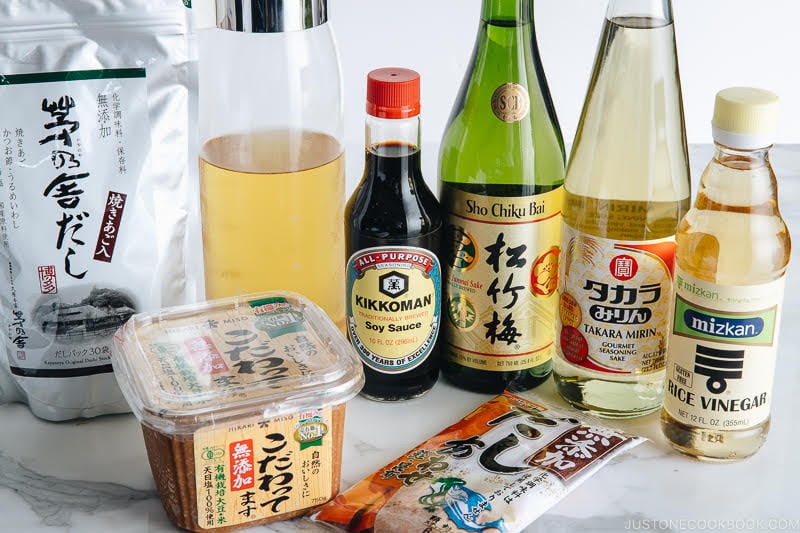
Key staples for Japanese food include rice and noodles such as soba, udon, ramen, and pasta. Next, you’ll need essential condiments, spices, and dry goods. These mainly consist of soy sauce, mirin, sake, miso, rice vinegar, and dashi (soup stock). These ingredients are often used in combination to provide fundamental flavors to Japanese dishes. Once you have them in your pantry, you’ll be able to cook up a wide variety of authentic Japanese dishes.
Read:
- Everything You Need to Know About Japanese Rice
- 6 Must-Have Condiments to Make Your Favorite Japanese Food
- 26 Japanese Pantry Ingredients to Add to Your Shopping List
I’ll also include toasted sesame oil, sesame seeds, and Japanese mayonnaise. Other common dry goods to consider are kombu kelp, shiitake mushrooms, and katsuobushi (bonito flakes).
To start, shop for what you plan to cook and eat first. As you’re ready to explore more, you can stock up on additional ingredients. Refer to my Pantry page for a complete list.
You can find these pantry items at major grocery stores or Japanese/Asian grocery stores. If you are living in a small town without access, then online shops is your best bet.
2. Substitutions for Hard-to-Find Ingredients
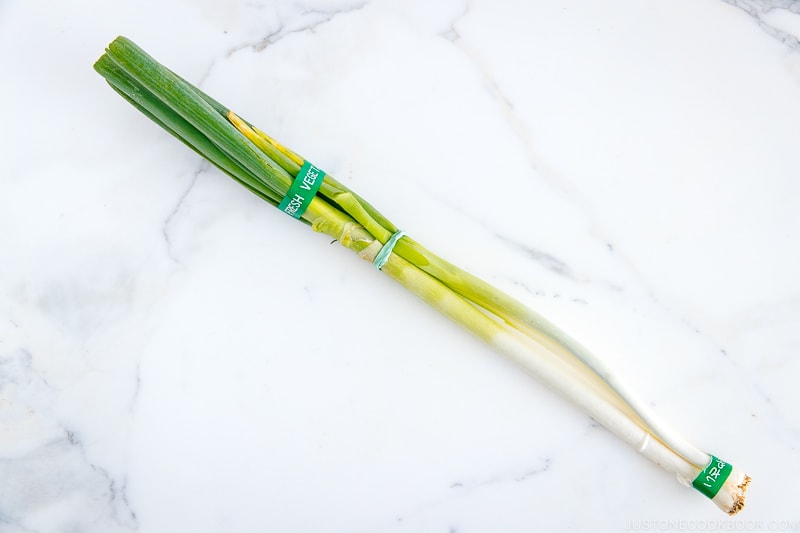
It’s true that you might come across ingredients like burdock root, negi, aburaage, wakame seaweed, ikura (salmon roe), and mizuna leaves that sound foreign. But don’t let these unfamiliar names intimidate you! Unless they are crucial to the recipe, you can often adapt and use produce that’s available to you.
For recipes that call for meat, consider trying alternative proteins. If you’re following a vegetarian or vegan diet, there’s plenty of flexibility too. Root vegetables, mushrooms, seaweed, tofu, vegetarian meats like seitan, and local greens are all great options!
Each of my recipes also includes suggestions to inspire you on how to tweak and adapt them. Looking for a halal option for sake (Japanese rice wine)? I’ve got you covered there too. So, be sure to read through the tips.
Read:
3. Meal Planning for Efficiency
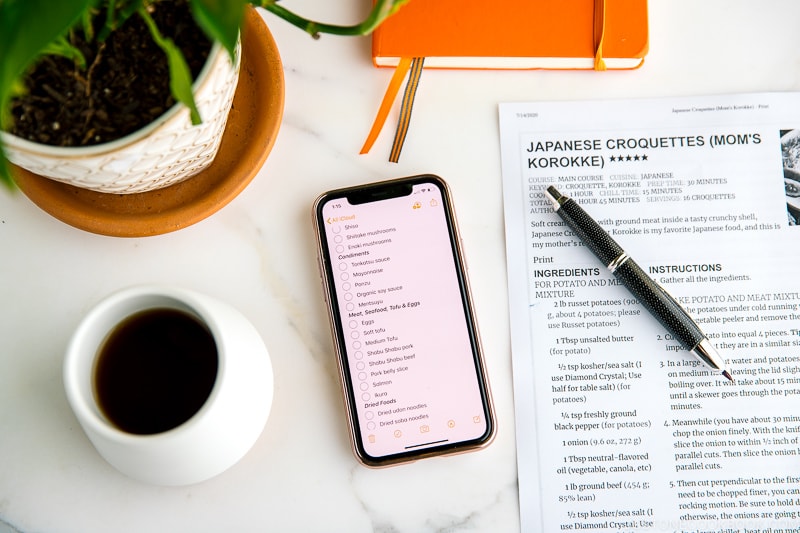
If you decide to cook Japanese food regularly, some form of meal planning is always helpful. You don’t have to fill out the entire menu calendar, but jotting down at least 3-4 main meals can be very beneficial. This helps determine the types and quantities of ingredients you’ll need for the week.
Once I’ve planned a few main menus for the week, I create my grocery list using this template:
- Fresh produce such as meat, seafood, eggs, other proteins, and dairy products.
- 2 leafy vegetables to use over the next 2-3 days.3 dense vegetables (like broccoli, cabbage, etc.) for use after the leafy vegetables are used up.
- 1-2 root vegetables to use throughout the next two weeks.
- Aromatics like garlic, ginger, green onions, and fresh herbs.Deli meats, canned tuna, or bacon for easy sandwiches or pasta dishes.
- Any missing pantry items such as rice, noodles, pasta, condiments, spices, and dry goods.
- Extras: any other treats that make us happy.
You can use a list-making app or go old-fashioned with a handwritten list. I personally use the Notes app on my iPhone and share it with my husband. Grocery shopping becomes easier once you have your foundational list set.
When you return home, organize the refrigerator space by section. This makes it easy to see your ingredients and ensures they’re used before they spoil. Forgot something? Don’t worry—adjust your plan as needed.
The goal is to plan enough that you minimize food waste while allowing flexibility. Between your planned meals, check for leftovers and incorporate them into versatile dishes like yakisoba (stir-fry noodles), hot pots, fried rice, or stir-fries.
4. Japanese Cooking Tools & How to Make Use of What You Have
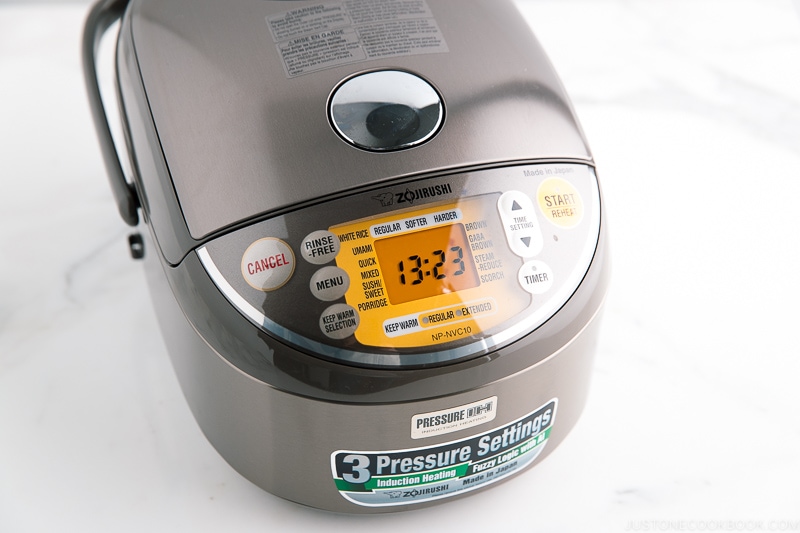
Here are the must-have cooking tools you’ll need:
- Rice Cooker — Almost every Japanese household owns a rice cooker. While you can cook rice over the stovetop or using an Instant Pot, I highly recommend investing in a quality rice cooker if you plan on cooking Japanese meals regularly.
- Frying Pans — Essential for pan-frying, stir-frying, grilling, and making Japanese-Western pasta dishes.
- Pots — Necessary for making miso soups, dashi (Japanese soup stock), simmered dishes, and sauces.
The good-to-haves:
- Wok or large pan or griddle pan: ideal for stir-frying.
- Sushi making kit: Useful if you plan to make sushi.
- Donabe (Japanese earthenware pot) and portable butane stove: Great for making hot pots.
- Pressure cooker like an Instant Pot: Useful for big cut of meats, curry, and more. (Read Which Instant Pot Should I Buy)
Don’t feel rushed to buy everything at once. Start with the essentials and gradually add tools you’ll use frequently.
Choose tools based on your lifestyle and budget. Whether you prefer nonstick, stainless steel, or cast iron pans (or a mix), it’s a matter of personal preference. Use what you have and become familiar with your tools.
Keep in mind that each oven and stove operates differently. Electric stoves, for example, may take longer to heat up than gas stoves and temperature control can vary.
My oven works differently than yours, as does the rest of my equipment. It’s all about getting to know your tools. You can still enjoy sushi even without a sushi mat. Just make Temaki (Hand Roll) Sushi!
Looking to upgrade your equipment? You can find my recommended cooking tools here.
5. Get a Good Understanding of a Recipe
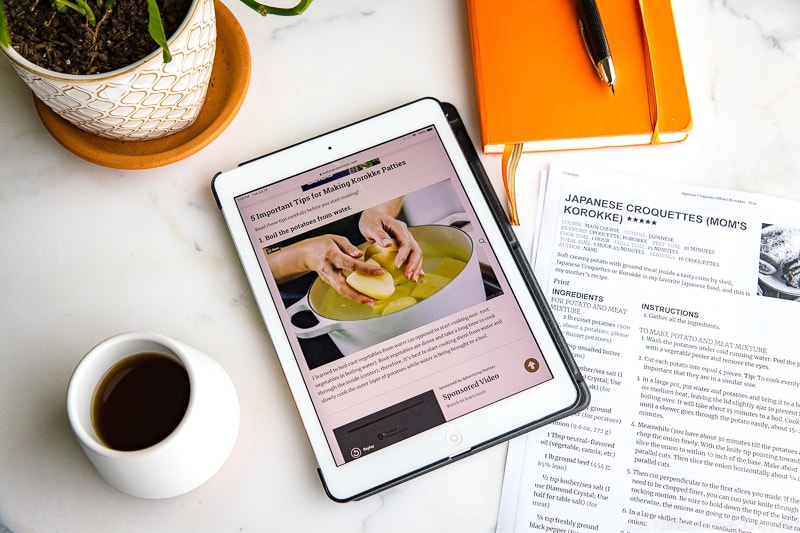
When trying out a recipe, I understand that many people skip reading the tips and techniques and dive straight into the step-by-step instructions—after all, who has the time to read everything?
However, especially if you’re new to the cuisine or tackling a challenging recipe, it’s worthwhile to review the highlighted tips, techniques, and substitutions that I share in the post. This helps you grasp the essence of the recipe—key takeaways, why certain steps are important, and so on.
Most importantly, as you follow the steps and visualize the process, you’re learning to achieve an efficient workflow. It’s not just about blindly following a recipe but understanding the preparation and having the freedom to experiment. This ultimately saves time and prevents potential failures.
So, take a few extra minutes to think through your approach, set up your workstation, and organize your ingredients. This can simplify the process and make it less overwhelming.
6. Learn the Basic of Knife Skills
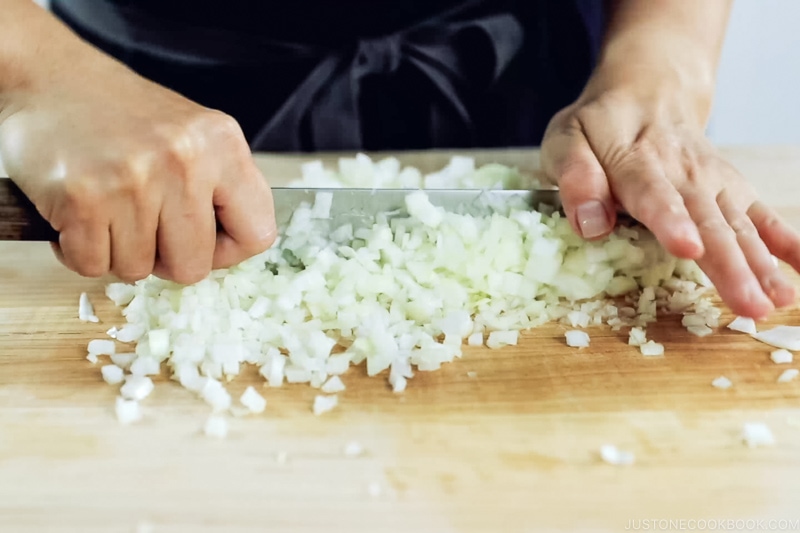
Chopping, slicing, and mincing are among the first tasks you tackle when cooking. These skills are fundamental in the kitchen, which is why trainee chefs are often tasked with mastering them before moving to the stove.
Having good knife skills translates to efficient cooking. You don’t need an expensive knife, but investing in a reliable one will serve you well over time.
When cutting ingredients, the primary goal is achieving even, uniform sizes. This ensures even cooking and consistent doneness, enhancing flavor, texture, and presentation. Focus on precision, start slowly, and practice—speed will develop naturally with experience.
In Japanese daily cooking, specific cutting techniques are applied that are unique to different dishes. Each cutting style suits specific ingredients and serves distinct purposes. You can learn more about these techniques here:
- Basic Japanese Cutting Techniques for Vegetables
- How to Slice Meat Thinly (Many Japanese dishes require thinly sliced meat)
7. Temperature Control (Heat and Oil)
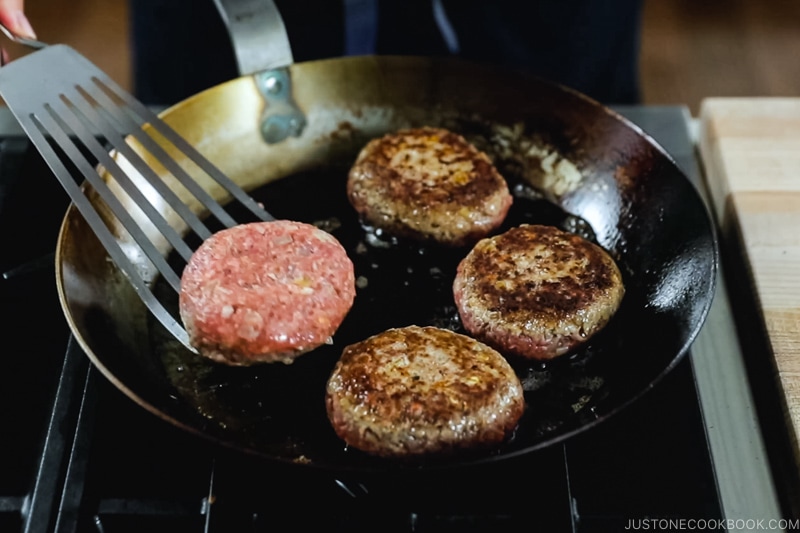
The difference between a nicely seared and a soggy-looking piece of chicken teriyaki starts before the food hits the pan. Fried rice isn’t truly fried rice unless you use enough oil and maintain high heat. In short, heat and oil determine the texture of food.
Here are a few quick things you’ll need to know:
- Use the right oil: Most Japanese cooking uses neutral-tasting oil, including deep-frying. Olive oil is a good choice for Yoshoku (Western-influenced Japanese food) like Wafu Pasta, and sesame oil is commonly used as a finishing oil.
- Ensure your ingredients are dry: Unless you’re braising, make sure ingredients are pat-dry. Wet vegetables cool down the pan and oil quickly. Also, remove any marinade from meat before placing it in the hot pan; liquids can cause splattering and result in steamed rather than seared meat.
- Preheat your pan and oil adequately before adding ingredients: Food absorbs oil if it’s not hot enough, leading to soggy results. For crispy, nicely browned food, be sure that both pan and oil are sufficiently hot.
- Use a thermometer for deep frying or grilling: Even experienced cooks benefit from using a quality thermometer (this is my absolute favorite)!
8. Balance the Flavors
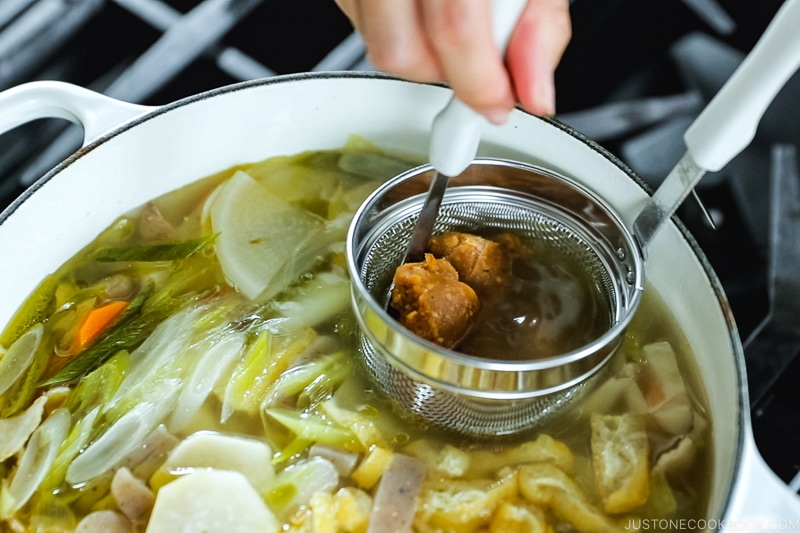
Japanese food is often described as delicate yet full of umami.
To achieve umami, the essence of savoriness, we lean heavily on a few important players: soy sauce, mirin, sake, miso, kombu, bonito flakes, and dried shiitake mushrooms. Each ingredient is rich in glutamates, providing a deep, intensely satisfying flavor.
As you taste various Japanese dishes, you’ll gradually recognize this balance. The goal is to achieve a harmonious interplay of these flavors, even when used in different ratios.
There’s also an emphasis on enjoying the natural flavors of ingredients. Whether it’s the sweetness of cabbage, the fatty richness of salmon, or the slight bitterness of daikon radish, we aim to highlight these flavors rather than overpowering them with soy sauce, salt, sugar, or other seasonings.
So, how do you achieve this? For beginner cooks, follow my recipes and measure your seasonings beforehand. When in doubt, start with a smaller amount, taste, and then adjust.
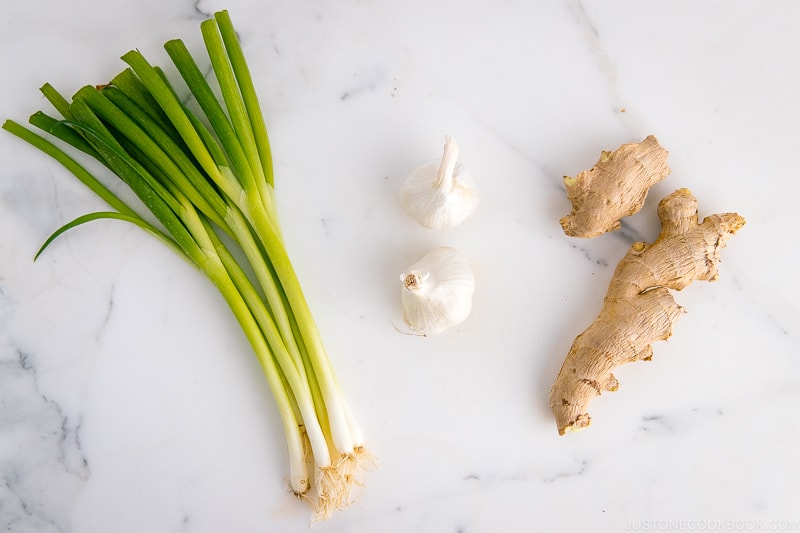
For anyone on a low-sodium diet, you can use more aromatics like garlic, ginger, and scallions, and reduce the amount of salt and soy sauce to compensate for flavors. The same applies to sugar—consider reducing it or opting for healthier alternatives that suit your preferences.
Ask yourself if the flavor is too sweet or too salty, or what might be missing. Let your taste buds guide you.
9. Present Your Food
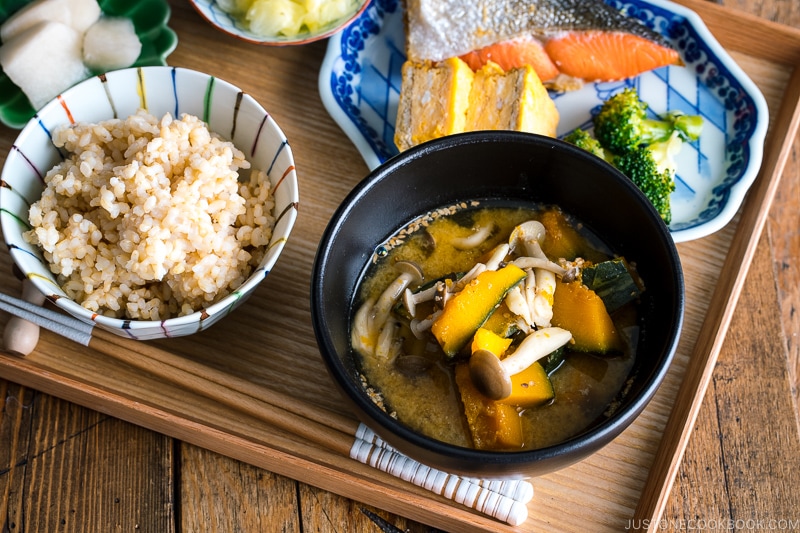
Presentation is often one of the most noticeable elements of Japanese food. It begins with how you cut the ingredients, control the temperature, and finish with the final plating. How you plate your food can be a personal expression.
You don’t need to be an artist, but the concept of aesthetics applies: pay attention to height, colors, and the composition of the food.
There are no strict rules, but here are the simple steps you can follow
- Study images of the recipes that appeal to you.
- Use plates and bowls with simple designs and earth-tone colors—let the food be the focal point. For plain-looking dishes like Chilled Tofu, then you can go with colorful dishes to create contrast and enliven the presentation.
- Do not overcrowd the plates. Leave some space around the food to create a sense of balance.
- Use garnishes and toppings to add dimension and color. A sprinkle of finely chopped green onions, a gentle scatter of sesame seeds, or a dash of shichimi togarashi (Japanese seven spice) can really elevate the visual of your dish.
10. Adapt and Improvise
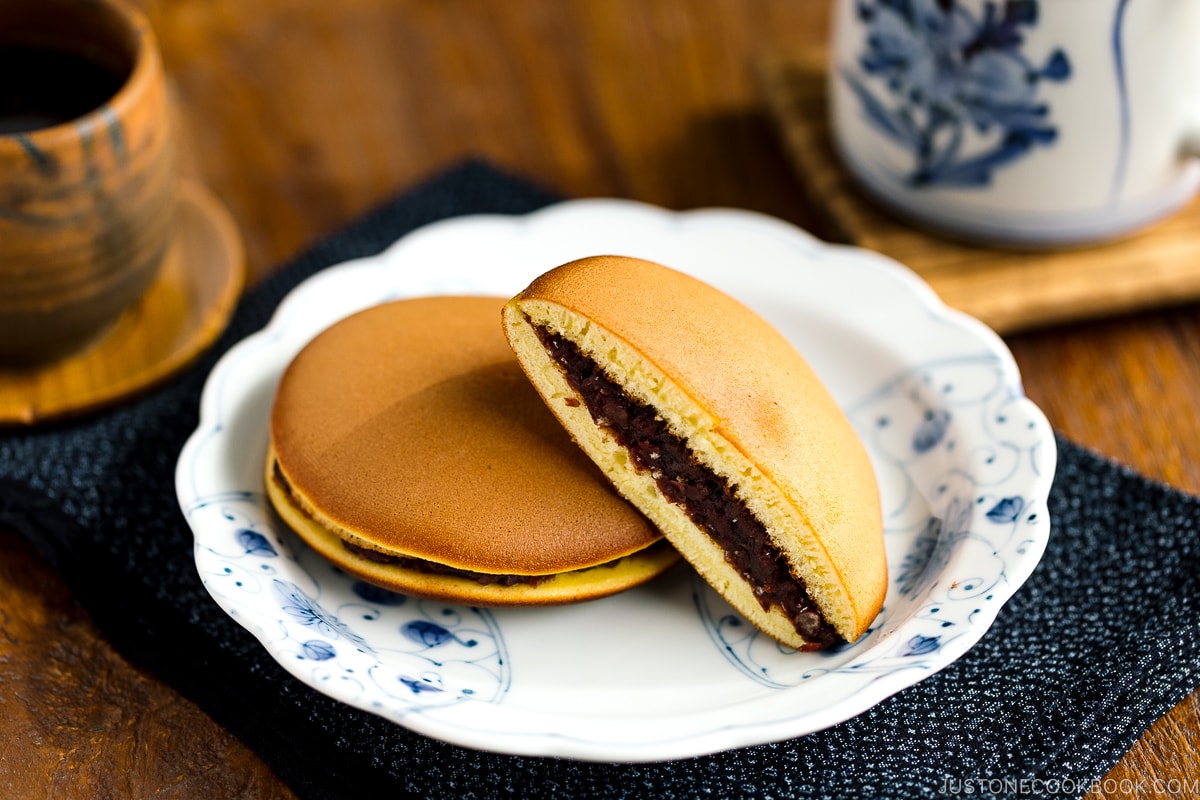
While I strive to teach you how to cook authentic Japanese dishes, I also encourage you to explore making Japanese food even when ingredients are challenging to find or time is limited.
Japanese chefs and home cooks have always embraced foreign influences, resulting in the creation of many Western-influenced Japanese foods (like (like Hambagu, Tonkatsu, Doria, Hayashi Rice, Omurice, etc.) and Chinese-influenced dishes (like Ramen, Gyoza, Nikuman, etc.) that we proudly call our own.
I’ve seen readers make my Dorayaki recipe with interesting fillings such as Nutella, apple pie filling, and jam. One reader served Teriyaki Salmon with chickpeas, long-grain rice, and a salad. Time and again, people have used my Japanese recipes and adapted them to their own tastes and capabilities.
As long as you enjoy the end result, there’s joy in finding a way to make it your own. Will an adaptation turn out exactly like the original? Probably not. Will you feel a sense of accomplishment for making it work? I bet the answer is a resounding YES.
Practice, practice, practice!
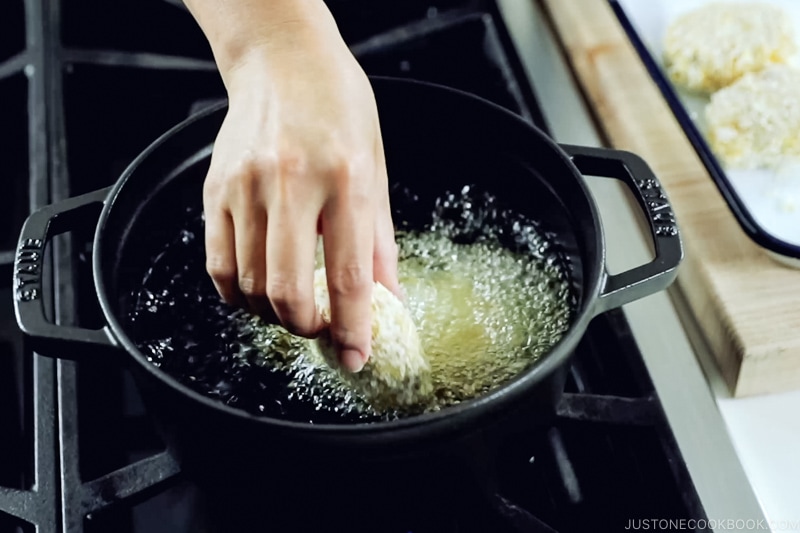
- Just start cooking TODAY — The more time you spend in the kitchen, the more you’ll learn.
- Don’t be afraid to fail or make mistakes — Consider them valuable lessons and great opportunities to learn.
- It takes years of practice to become a good cook — Cooking is like any other skill. With keen interest and a curious mind, anyone can become proficient.
With these tips, I hope you can master your own kitchen, whipping up meals no matter what ingredients you have on hand, using them strategically to minimize waste, and preparing comforting and nutritious food for your family.
Questions?
Feel free to leave a comment below and I’ll do my best to answer!
Wish to learn more about Japanese cooking? Sign up for our free newsletter to receive cooking tips & recipe updates! And stay in touch with me on Facebook, Pinterest, YouTube, and Instagram.
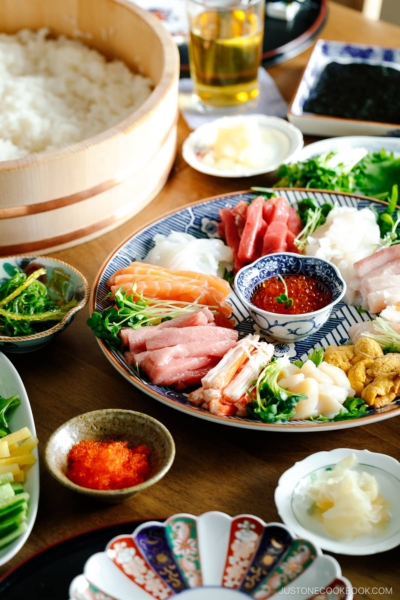
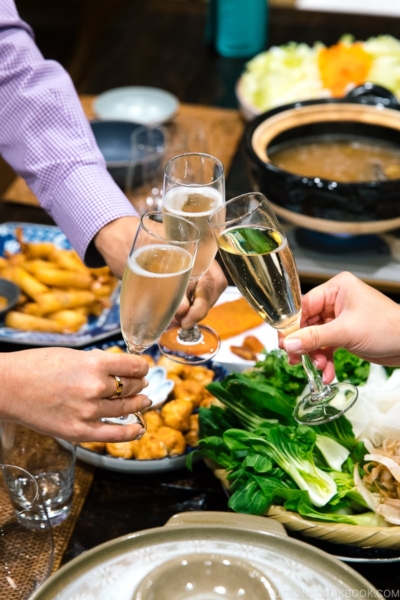
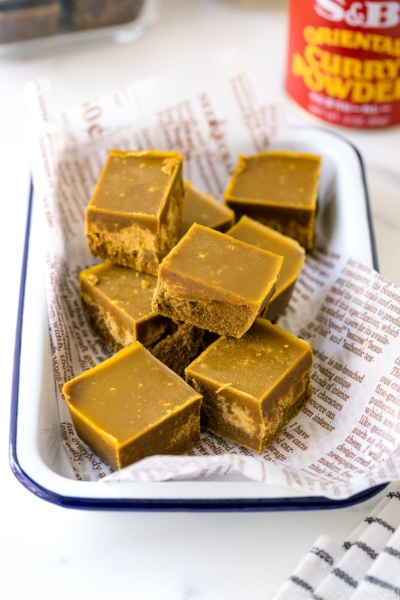
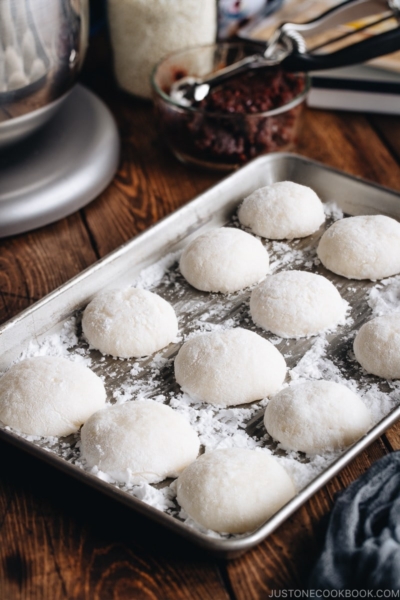
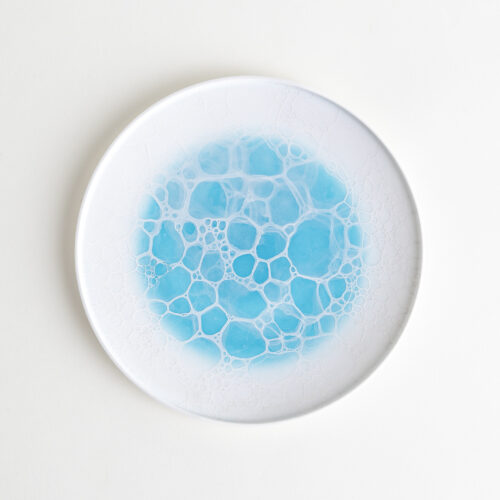
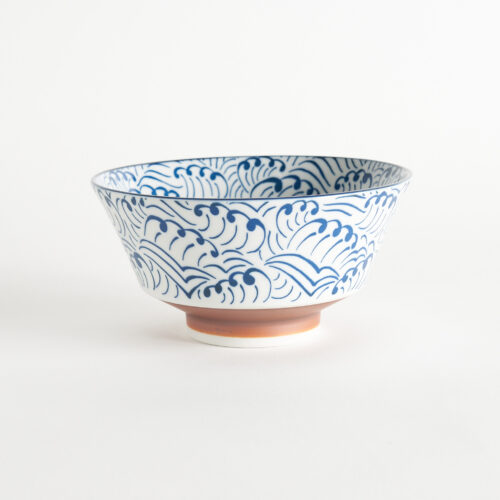
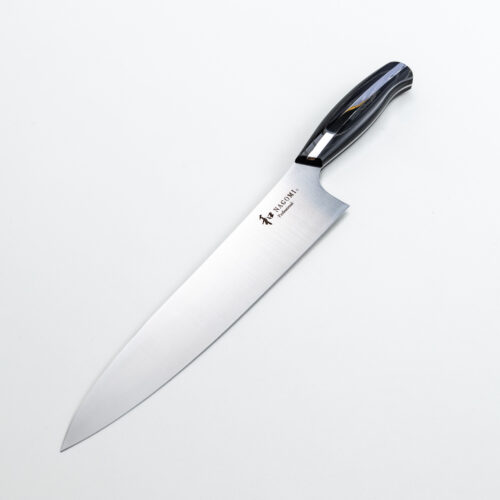
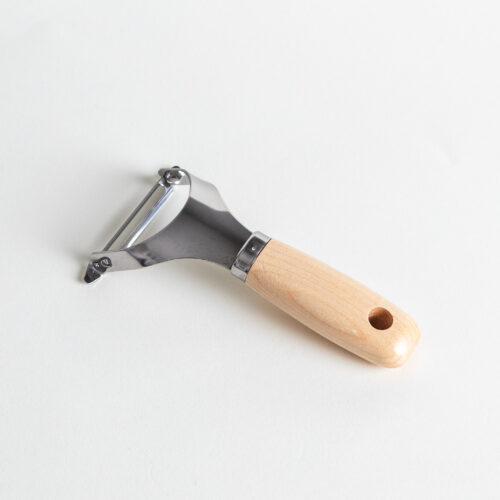
Thank you so very much for your information. I have had excellent beginner success following your lead. I’m able to enjoy new kinds of vegetarian foods and more delicious flavors in my cooking. I will be trying more recipes.🤩
Hello, Shannon. You are very welcome! We are delighted to hear that you enjoyed Nami’s post.
We hope you will continue to enjoy Nami’s recipe and the website. Happy cooking!
My daughter love to make Japanese foods an she some day might go to a collage in Japan so starting with food is the best way.
Hi Randall! Aww. That is fantastic!👏🏻
I am trying every recipe from Midnight Diner and loving it! Thank you! In your recipes, when it says sake, can I use cooking sake (not for drinking :))?
Hello, Karen! Aww. We are happy to hear that you are having fun cooking various Midnight Diner dishes!
Because cooking sake contains additional ingredients as well as salt, we recommend using drinking sake. You may use an inexpensive one.
https://www.justonecookbook.com/sake/
If you must use cooking sake, we recommend lowering the salt level in the recipes.
We hope this helps! 🙂
you are a real inspiration to me always thank you
Hi Catherine, Nami and all of us at JOC are so glad to hear that you’ve been enjoying the recipes and everything else that we share. It means so much to us.
Thank you very much for reading Nami’s post!
Hi Naomi, I love ur cooking site and so does my family. They really love ur recipe for tonkatsu without frying and the sauce! I have seen u using a knife that looks like it’s has a texture like a hammered look. I would like to know if this is ur favorite knife, if so can u tell me the name and where I can get one.
Hi Maelene! Thank you very much for your kind words! Nami and all of us at JOC are so happy to hear you enjoy the JOC site and Nami’s baked Tonkatsu recipe!
Nami’s favorite knives are in here: https://www.amazon.com/shop/justonecookbook/list/JD39FUPH6SRN
And here is the post regarding the different types of knives:https://www.justonecookbook.com/your-guide-to-japanese-knives/
We hope this is helpful! 🙂
Thank you Nami, I learn something from you every time that I visit your site. You make cooking Japanese food a fun adventure which all cooking should be. Never stop your blog is inspiring.
Mike
Hi Mike! Aww.🥰 You have no idea how much your kind words meant to Nami and JOC team!
Thank you very much for your love and support.
Happy Cooking!
Thanks for all the care you put into this blog! I’ve been following it for a little while now (trying to teach myself how to cook and eat in a healthy/balanced way now that I’m living alone), and I’m still coming back to this page to read things again, follow more links, and learn more. This has been a great resource for me recently.
Hi Fae! Thank you very much for reading the JOC blog and for your kind feedback!
Nami and JOC team are so happy to hear our site is a great resource.☺️
We hope you continue enjoying our post and many recipes! Happy Cooking!
Great write-up, I抦 normal visitor of one抯 web site, maintain up the excellent operate, and It is going to be a regular visitor for a long time.
Hi, Hairstyles! Thank you very much for your long-time support and love! We hope you continue to enjoy many of Nami’s recipes!💕
I was looking for the salmon flakes recipe you once posted. I would like to try to make it.
Thank you for all the recipes you post. It is in small quantities and tastes very good. There is only my husband and myself that we really don’t need much to eat. It is always good tasting. We enjoy it very much.
Hi Molly, Thank you very much for your kind feedback. Are you looking for a Salmon Flakes recipe? https://www.justonecookbook.com/salmon-flakes/
We have a search box on the very top right corner of the web page. You can search by keyword. We hope this is helpful. Happy Cooking!
I was looking for a watermelon pickles.
Can you tell me how to find it from the recipes you had in the previous email?
Hi Etsuko,
If you would like to search for a recipe;
1) Go to https://www.justonecookbook.com/
2) Click “Search + press enter” and type
https://www.justonecookbook.com/pickled-watermelon-rind/
We hope you can find many of your favorite recipes there!
Excellent work here.
One tip that I once took away from a Japanese cookbook was to avoid food sticking to the pan when frying, heat the oil in the pan quite hot, shut off the flame and let it cool, THEN heat again and proceed to fry. I’m not sure what the science is, but it certainly works.
Hi Brian! Thank you so much for sharing the tip with us! I read that when the frying pan is below 80C (176F), food (protein) tends to stick… so it’s best to avoid that range of temperature…
I love your recipes and appreciate the effort you put into giving us tips for substitutes for ingredients we might not find. Your videos are really helpful too. And so much fun to watch. I’ve made quite a few of your dishes very successfully. Loved the Miso Buttercookies! Spesking of Miso, he’s just about the cutest pup in the World!
Hi Nami:
I appreciate the tremendous amount of work you have done to produce such a wonderful website.
My question: How do you store and organize your recipes? Do you use an app or software?
Thank you. Nami
Hi Brenda! Thank you so much for your kind words. 🙂
Besides all the loose papers in my manila folders (to store printed recipes from websites and old magazines/newspaper), several notebooks (to keep my recipe testing results), and binders, I store all my own recipes on this blog and keep updating if I make and want to update. It’s my goal to store everything on this site. 🙂
I don’t like using an app because I don’t know how long the app will exist. I use google doc to write my recipes before transferring the data/recipes to my blog, so I have hard copy of my recipes to in case something happens to my site (hacks etc).
I’m glad I started this blog to keep my recipes alive in one area for me (or anyone) to access anytime. I think it’s good to keep everything digital these days…